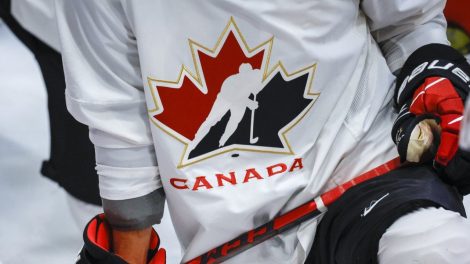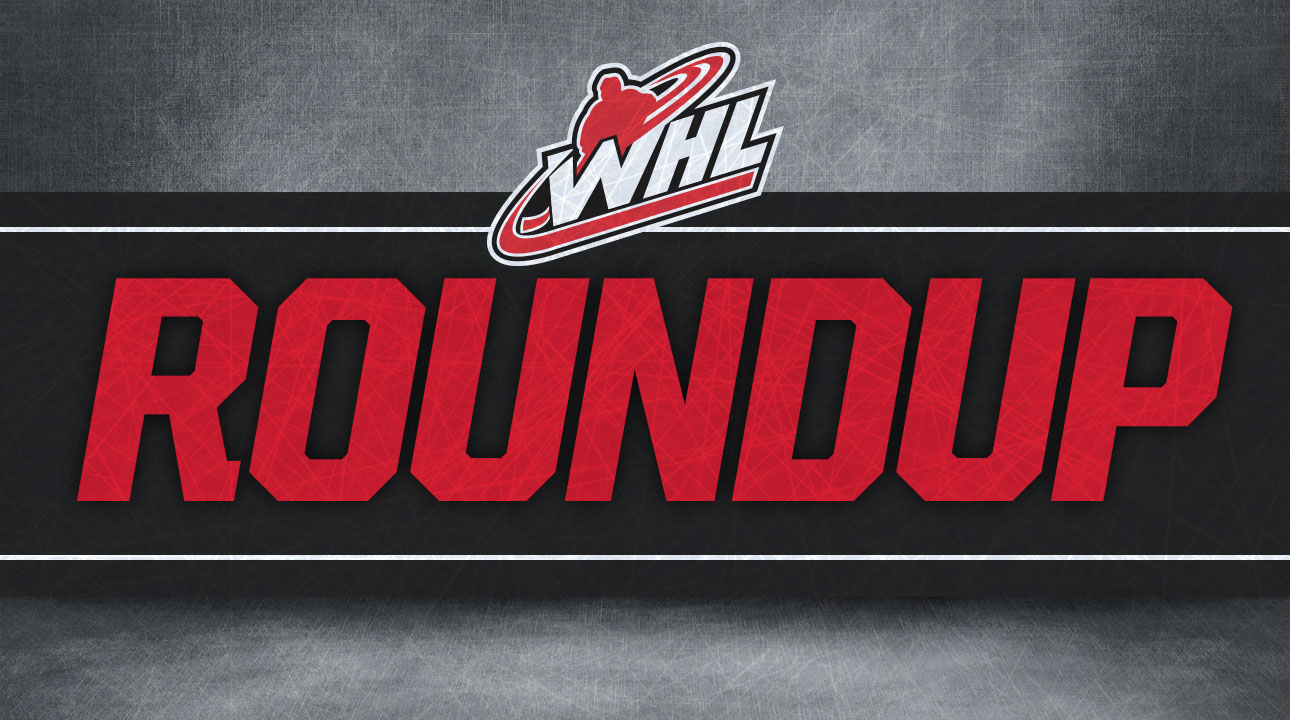The CHL is facing a class-action from former players in the OHL, WHL, and QMJHL who believe they should have been paid minimum wage and overtime during their playing days.
Here’s what you need to know….
What’s the background?
In 2014, a class-action was launched against the CHL, comprising of the Ontario Hockey League, Western Hockey League and the Quebec Major Junior Hockey league, arguing that major junior players should be considered business employees and deserve to be paid minimum wage. The lawsuit sought payment for outstanding wages, holiday and vacation pay for current and former CHL players.
Charney Lawyers PC, a firm that specializes in class actions, is representing the players. Civil suits were filed in courts in Toronto and Calgary.
What’s the latest?
After hearing arguments from both sides, Justice Paul Perell of the Ontario Superior Court of Justice ruled that the class-action was certified in Ontario on April 27, 2017.
Because of the ruling, any player who was in the OHL between 2012 and the current year automatically becomes a plaintiff in the lawsuit against the OHL. However, those who played for an American-based team are excluded.
(This ruling has no bearing on the similar lawsuits filed against the WHL and the QMJHL.)
A ruling on the class-action certification of the suit filed in a Calgary court is expected next month.
In February 2016, the B.C. government exempted the provinces’ six major junior hockey teams from having to pay their players minimum wage, following efforts by the WHL to show that teams might fold if the potential class-action lawsuit was ruled against them. The government quietly issued a cabinet order that the province’s Employment Standards Act “does not apply to a player on a major junior ice hockey team,” — freeing teams from having to comply with minimum-wage rules, holiday pay, and set work hours. The action was criticized by the provincial NDP’s labour critic and the Canadian Hockey League Players’ Association, which is a proposed union hoping to represent major junior players.
The governments of Saskatchewan and Nova Scotia have also exempted their major junior hockey players from employment law. Washington State passed a bill in 2015 that exempted its four WHL teams from the state’s employment law.
The Alberta government has said it does not plan to pass exemptions for WHL franchises.
Who do the class-action suits represent?
Currently more than 300 former and current CHL players have signed on for the civil suits.
[relatedlinks]
What do the plaintiffs want?
The plaintiffs, represented by Charney Lawyers PC, argue that the CHL players are employees of the teams they play for, and therefore should be paid minimum wage and overtime. It’s estimated that eligible players would receive as much as $10,000 per season, plus overtime pay.
Paying players minimum wage is estimated to cost each team up to $300,000 per season.
They are seeking $180 million in back wages, overtime pay, vacation pay, as well as punitive damages.
What does the CHL argue?
The CHL argues that its players are not employees, but rather amateur athletes — and that the benefits of playing major junior hockey exceed the employment standards being sought in these civil claims.
The leagues that make up the CHL argue that if the players win the class-action suit, the outcome would be detrimental to the survival of many teams.
According to a report prepared by KPMG in January that outlined team revenues and liabilities from 2012 to 2016, more than half of the teams in the OHL and WHL do not break even.
If the court rules in favour of the plaintiffs, the CHL has said the future of some teams would be in peril and current benefits offered to players would be reduced.
So, what do CHL players currently get?
In general, players in the CHL currently receive a weekly fee of between $35 and $125. There is no hourly wage, overtime, vacation, or holiday pay.
The lawsuit claims that, on average, players devote 35 to 40 hours per week to their teams, receiving about $50.
Players are also eligible for an academic package, which guarantees tuition and funding for books after their junior-hockey eligibility has expired. The package can be used for university, college and trade school.
In 2016, the OHL scholarship fund was worth $2.9 million. In the WHL it was worth $2.1 million.
What do the plaintiffs say about that?
In February, a Calgary judge ordered that the teams’ complete financial records be made available for public viewing. Forty-one teams in the OHL and WHL turned over their financial statements and tax returns.
Lawyers representing the players have suggested that the documents suggest some clubs have claimed to be cash-poor, while under-reporting revenue and moving money off the books.
What comes next?
The OHL has 20 days to appeal Justice Perell’s ruling granting class-action certification to the players in Ontario.
A court decision on the class-action certification of a similar lawsuit filed against the WHL is expected next month.







